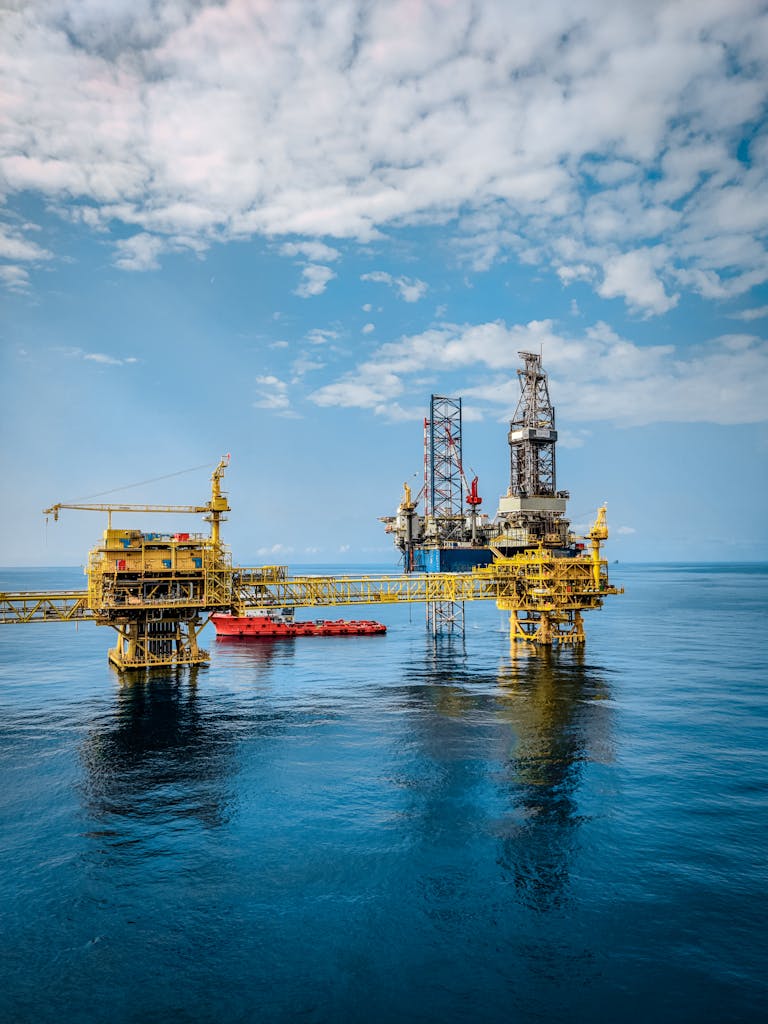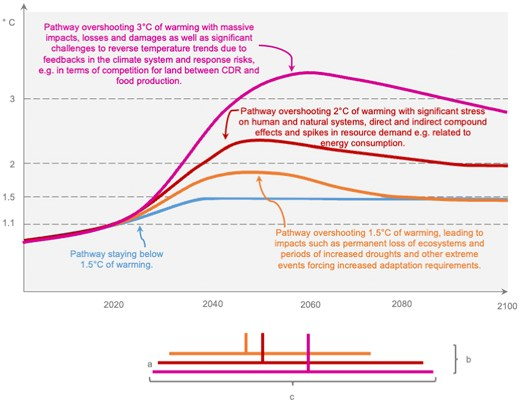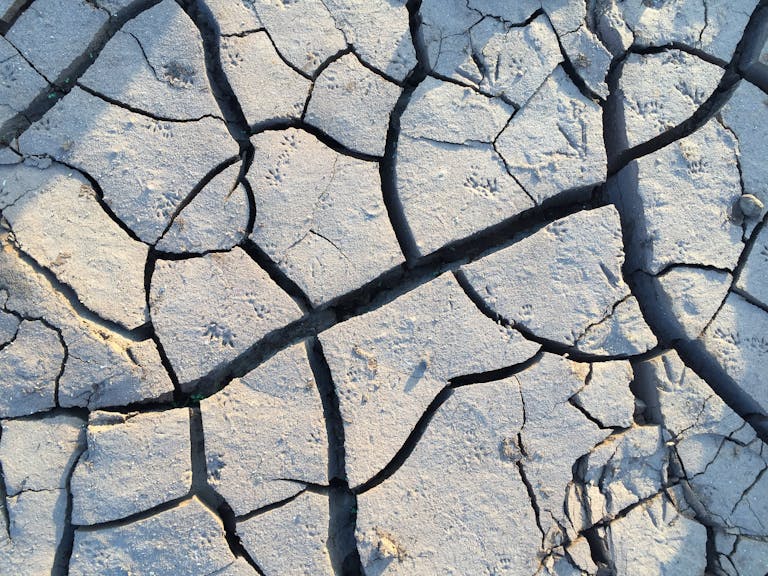Clarkson University Develops an Open-Source AI Tool to Measure How Microplastics Sink in Water

Microplastics are now practically everywhere — from deep ocean sediments to the water we drink. Despite being so widespread, scientists still struggle to fully understand how these microscopic plastic fragments move through water — whether they float, drift, or sink to the bottom. Knowing their sinking velocity (the rate at which they settle in water) is a key part of predicting their behavior, but until recently, this measurement relied on slow and inconsistent manual methods.
Researchers at Clarkson University have stepped up to change that. A team of engineers has developed an open-source computer vision system that can accurately measure how fast microplastics sink — using a camera and artificial intelligence. This approach doesn’t just save time; it standardizes the process, removes human error, and opens up new possibilities for tracking plastic pollution in rivers, lakes, and oceans.
The study, published in Microplastics (2025), presents a precise, AI-powered technique that calculates the settling velocity of spherical microplastics with an accuracy of about 6% compared to manual methods. Let’s take a closer look at what the team did, how the system works, and why this research matters.
Understanding Why Sinking Rates Matter
Before diving into the experiment itself, it’s important to understand why the sinking rate of microplastics is such a big deal.
Microplastics — defined as plastic particles smaller than 5 millimeters — come from a variety of sources: broken-down plastic waste, synthetic fabrics, microbeads in cosmetics, or tire wear particles. Once they enter waterways, their journey depends on their size, shape, and density, as well as the properties of the water itself (like salinity and temperature).
Particles that float can be carried by currents for long distances, while those that sink may accumulate on riverbeds, lake bottoms, or ocean floors. Measuring how quickly they sink (their settling velocity) helps scientists predict where they will end up. These models are crucial for designing strategies to mitigate pollution and assess ecological risk.
However, previous studies mostly relied on manual stopwatch measurements — a tedious process that introduces bias and human error. There was no standardized method that could deliver accurate, repeatable results. This new open-source system developed at Clarkson University changes that landscape completely.
The Clarkson Innovation: A Camera, AI, and Open Source Code
The research was led by Assistant Professor Masudul H. Imtiaz (Electrical & Computer Engineering) and Associate Professor Abul B. M. Baki (Civil & Environmental Engineering), along with Catherine L. Stacy and Md Abdul Baset Sarker.
Their goal was to build a low-cost, transparent, and reliable system that any lab or research team could replicate. The solution combined a USB camera, an LED lighting setup, and deep-learning-based object detection — specifically, the YOLOv12n model (You Only Look Once, version 12, nano variant).
The system tracks microplastic particles as they sink in a clear plexiglass water column, capturing every frame and calculating the distance traveled over time. From this, it computes the settling velocity in centimeters per second.
Here’s a breakdown of their setup:
- Camera: A fixed-focus See3Cam 13MP camera operating at 56.6 frames per second, capable of recording detailed motion in real time.
- Lighting: A steady LED floodlight ensured consistent illumination for accurate video capture.
- Water Column: A vertical transparent tube filled with different types of water (distilled, river, and saltwater) served as the test environment.
- Particles: Three sizes of spherical microplastics were tested — 3 mm, 4 mm, and 5 mm in diameter.
How the AI System Measures Settling Velocity
The researchers trained their YOLOv12n model to detect and track each microplastic particle in the recorded video frames. Once the model identified the particle’s position, it measured how far it moved downward (in pixels) between frames. Using a calibration scale, those pixel distances were converted to centimeters.
The frame rate of the video (known from the camera specifications) then allowed for precise time-based velocity calculations.
This automated approach eliminates the need for human timing or visual estimation. The software can calculate:
- The instantaneous velocity (speed at each frame).
- The average settling velocity across the entire descent.
- The trajectory of the particle (including horizontal drift or wobbling motion).
The results are stored digitally, making them easy to reproduce, analyze, or share. Since the method is open source, other scientists can access the code, tweak it for their setups, and even improve the model for different particle types or conditions.
What They Found: Impressive Accuracy and Consistency
The AI-based system was benchmarked against two standards:
- Manual stopwatch measurements taken by researchers watching the descent.
- Theoretical models (like those from Brown & Lawler, 2003, and Zhang & Choi, 2024) that estimate settling velocity mathematically.
The results were very close. The average error between the AI system and manual measurements was only around 6%. Specifically:
- 3 mm particles: 5.97% error
- 4 mm particles: 7.14% error
- 5 mm particles: 6.15% error
In real-time tests with distilled water, where the AI system compared its results directly against frame-by-frame motion rather than human timing, the average error dropped to just 0.817% — nearly perfect accuracy.
The team also noticed that the type of water affected the sinking speed. Microplastics sank faster in distilled water and slower in saltwater, which makes sense since saltwater is denser, providing more resistance to falling particles.
The model also allowed for detailed tracking, showing how particles might drift or wobble slightly as they fall — something manual timing methods simply can’t capture.
Current Limitations and Next Steps
No research tool is flawless, and the Clarkson team was transparent about the limitations of their system.
- The tests were done with spherical microplastics, which are ideal for controlled experiments but not representative of real-world plastics. Actual microplastics vary widely in shape, size, density, and surface texture, often with biofilm coatings that can drastically change how they move in water.
- The tube’s walls might have influenced the flow, potentially creating a “wall effect” that slows particle motion compared to open water conditions.
- Lighting and visibility were lab-controlled, which means the setup might not perform as well in field environments where water is murky or filled with debris.
The researchers plan to expand the project in several directions:
- Including irregularly shaped microplastics and testing different materials.
- Running experiments in natural water bodies (lakes, rivers, and coastal zones) to observe real-world performance.
- Developing a portable version of the system, possibly using a Raspberry Pi and compact camera for on-site monitoring.
- Enhancing the model to track multiple particles simultaneously instead of one at a time.
Why This Matters: A Step Toward Standardization
Microplastic research has long been hindered by a lack of standardized methods. One lab’s results often can’t be directly compared to another’s because they use different tools, techniques, or measurement styles.
The open-source nature of this Clarkson system changes that. Any lab around the world can download the code, replicate the setup, and achieve consistent results. This makes global collaboration much easier — a crucial advantage in tackling a problem as widespread as plastic pollution.
Moreover, the fact that the system uses AI and computer vision reflects an important shift in environmental science. Instead of relying on manual observation, scientists are increasingly adopting automated and intelligent tools to handle large-scale environmental monitoring.
The Bigger Picture: Microplastics in the Environment
Now that we understand what the Clarkson team achieved, it’s worth revisiting why microplastics are such a serious concern in the first place.
How They Enter the Environment
Microplastics come from numerous sources — plastic packaging breakdown, laundry fibers, car tires, fishing gear, and even cosmetic microbeads. Once in waterways, they don’t biodegrade easily. Instead, they fragment into smaller and smaller pieces that persist for decades.
Where They Go
Their fate depends heavily on their density and settling velocity. Lighter plastics like polypropylene and polyethylene tend to float near the surface, while denser ones like polyvinyl chloride (PVC) or PET can sink. Environmental factors like salinity, temperature, and turbulence also affect whether they stay suspended or settle.
Why It Matters
Microplastics can carry toxins, adsorb heavy metals, and enter food chains when consumed by plankton, fish, and other aquatic organisms. There’s growing evidence that humans ingest microplastics through seafood, drinking water, and even air. Understanding how these particles move is essential for assessing their impact on ecosystems and health.
The Role of AI in Environmental Monitoring
This study is part of a larger trend: the use of AI, machine learning, and computer vision in ecological research. From identifying species and mapping forests to tracking pollutants, these tools help scientists automate repetitive tasks and analyze massive data sets. In this case, AI not only increases accuracy but also creates an accessible, open-source framework that other researchers can build upon.
What’s Next for Microplastic Research
The work from Clarkson University is a foundation, not an endpoint. The next challenge is scaling it beyond lab conditions — testing in natural, turbulent environments where microplastics behave unpredictably.
Future developments might include underwater cameras, autonomous detection drones, and real-time monitoring systems for rivers and coastal zones. With more precise data, scientists could better model how plastic pollution moves globally, guiding cleanup efforts and policy decisions.
In the long run, studies like this also encourage collaboration across disciplines — combining engineering, data science, and environmental science — to tackle one of the planet’s most pressing issues.
Research Reference:
Catherine L. Stacy, Md Abdul Baset Sarker, Abul B. M. Baki, and Masudul H. Imtiaz. An Open-Source Computer-Vision-Based Method for Spherical Microplastic Settling Velocity Calculation. Microplastics, 2025, Vol. 4, Issue 4, Article 75. DOI: 10.3390/microplastics4040075





